Echeverias are beautiful succulents in the form of small but perfectly formed rosettes. They bear tiny, mostly yellow flowers in spring and early summer but are really grown for their foliage. They make great house plants and can also be grow outside in pots the garden in the summer months. Echeverias are widely available in garden centres, at house plant retailers and florists, or online.
More on
Echeveria are natives of South America. They can withstand some cold, but require winter protection in all but the mildest areas.
How to care for echeveria
How to plant echeveria
Good drainage is the secret of success when it comes to echeverias, and growing them in pots and containers is the best way to control the drainage. It also makes it easier to move them into a conservatory, greenhouse or covered porch during the coldest months.
Small pots with large drainage holes are ideal, as are shallow pans. If growing in large pots, partially fill these with hydroleca, using a growing medium only in the top third. Pot in a loam-based compost mixed with equal parts of sharp sand or horticultural grit. Alternatively, buy a specialist succulent compost.
Succulents lend themselves to creative, long-lasting arrangements that require low maintenance. Well-chosen containers that enhance the colour and appearance of the plants are essential to show them at their best.
How to water echeveria
Thanks to their fleshy leaves, echeverias are drought tolerant, both indoors and outside. Water regularly but sparingly in the growing season; little when dormant. As the rosettes of echeverias often cover the compost, it can be difficult to water them from above with a watering can. It is easier to stand the pot in a dish of water for half an hour or so, until the compost is wet. Read our advice on watering succulents.
How to propagate echeveria
Echeverias are very easy to propagate as they readily produce offsets – baby plants – that can cut off and planted up. You can also propagate echeverias from leaf cuttings.
12 of the best echeveria to grow
Echeveria colorata
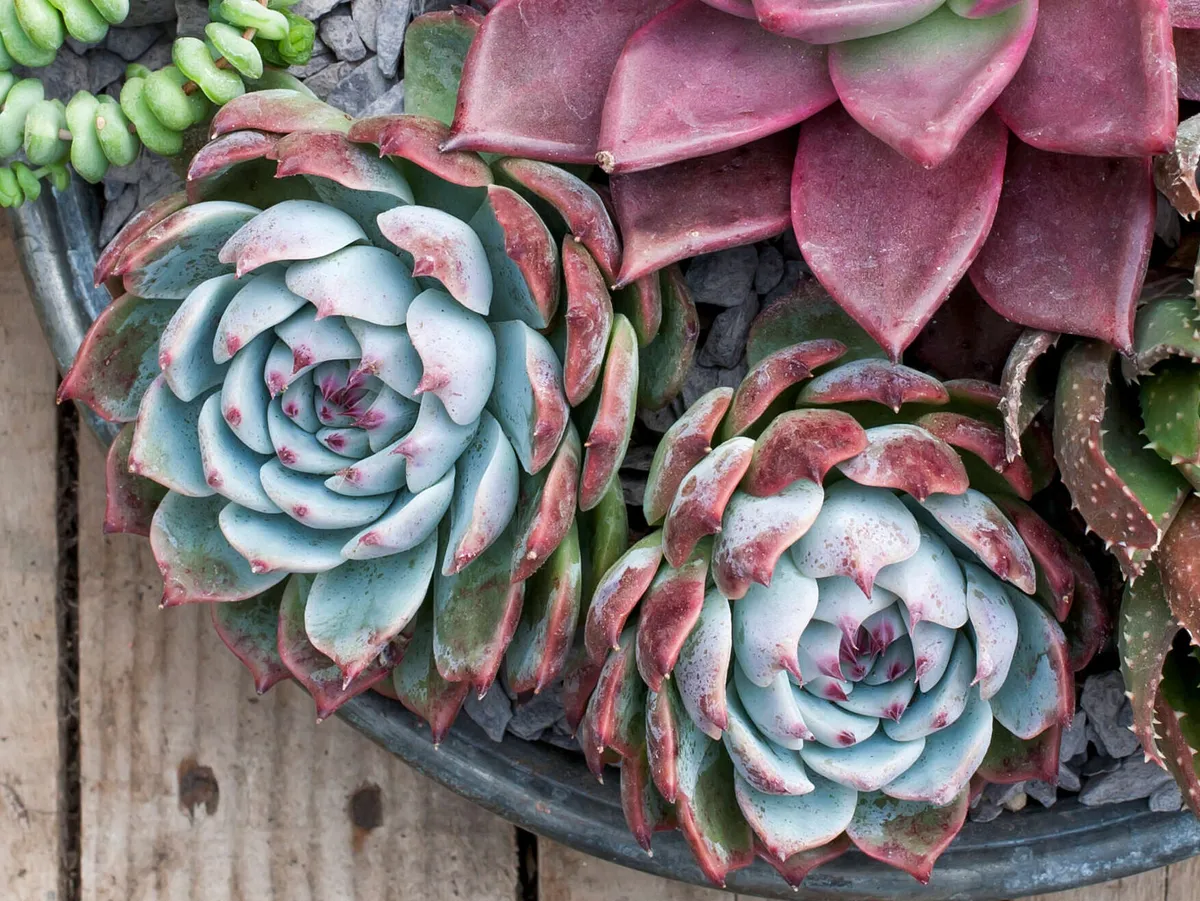
Echeveria colorata has beautiful red-tipped rosettes. Pink flowers in summer. AGM*. RHS H2, USDA 9b-11.
Echeveria agavoides 'Taurus'
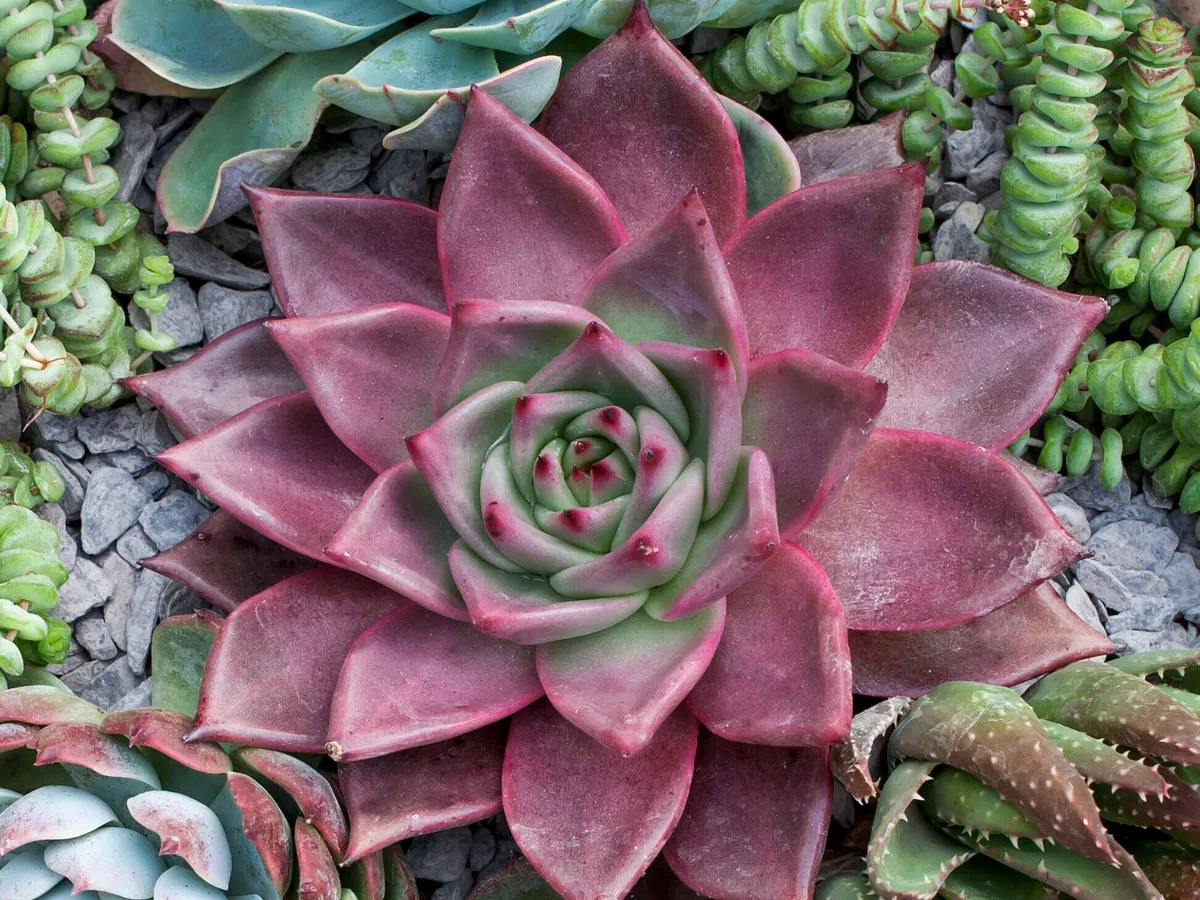
Echeveria 'Taurus' has striking pink rosettes. It will tolerate some shade. RHS H2, USDA 9b-11.
Echeveria agavoides 'Ebony'
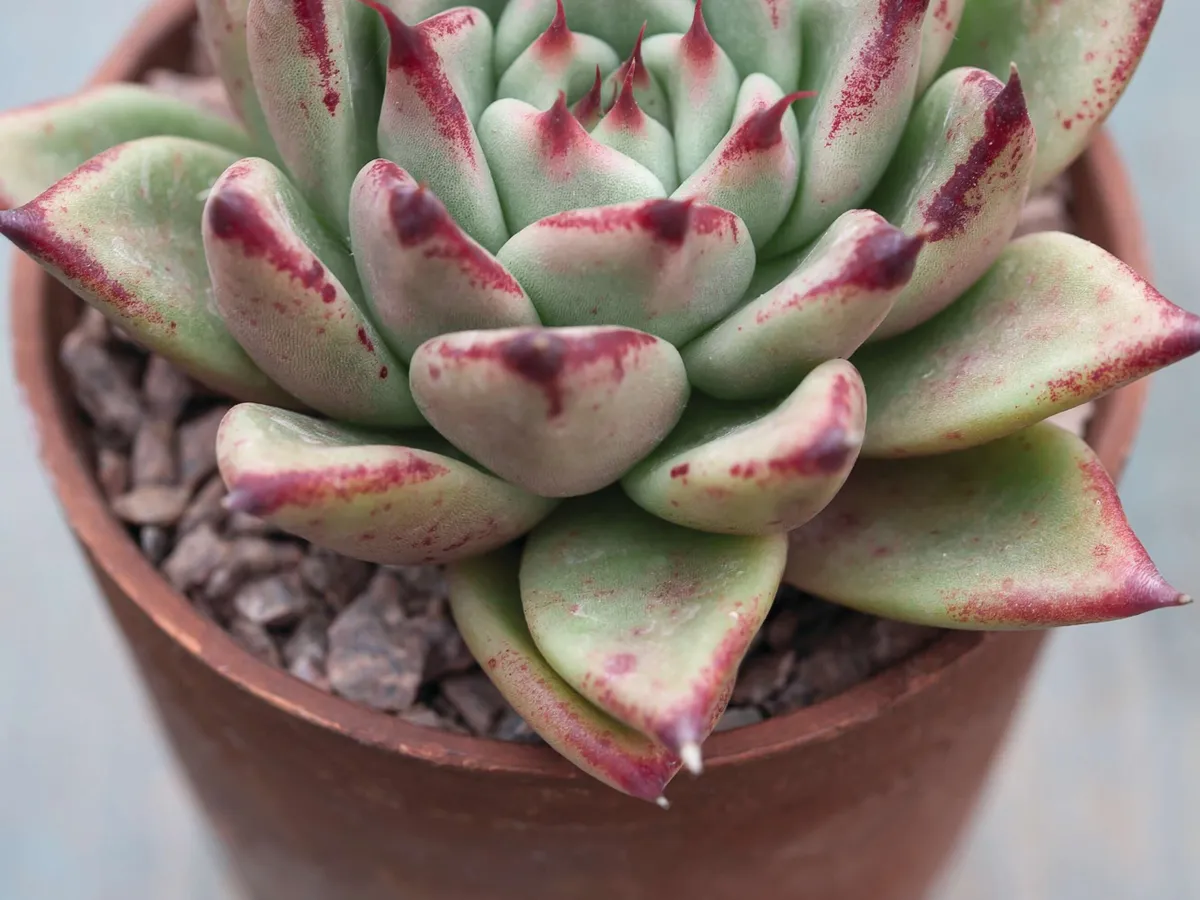
Echeveria agavoides 'Ebony' is one of the most sought-after echeveria. From Mexico. RHS H2, USDA 9b-11.
Echeveria 'Red Edge'
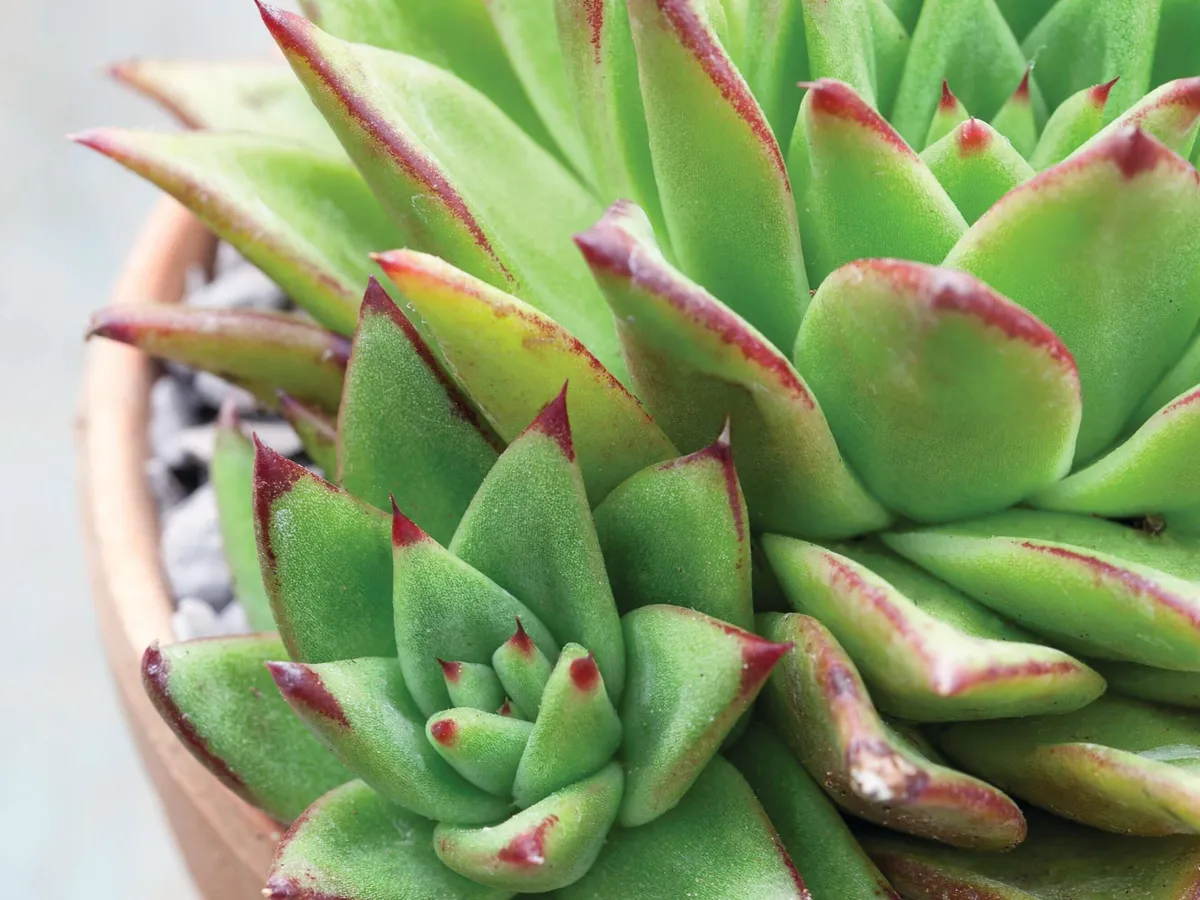
Echeveria 'Red Edge' has grey-green leaves, edged in red, forming perfect rosettes. RHS H2, USDA 9a-11.
Echeveria 'Paris Palace'
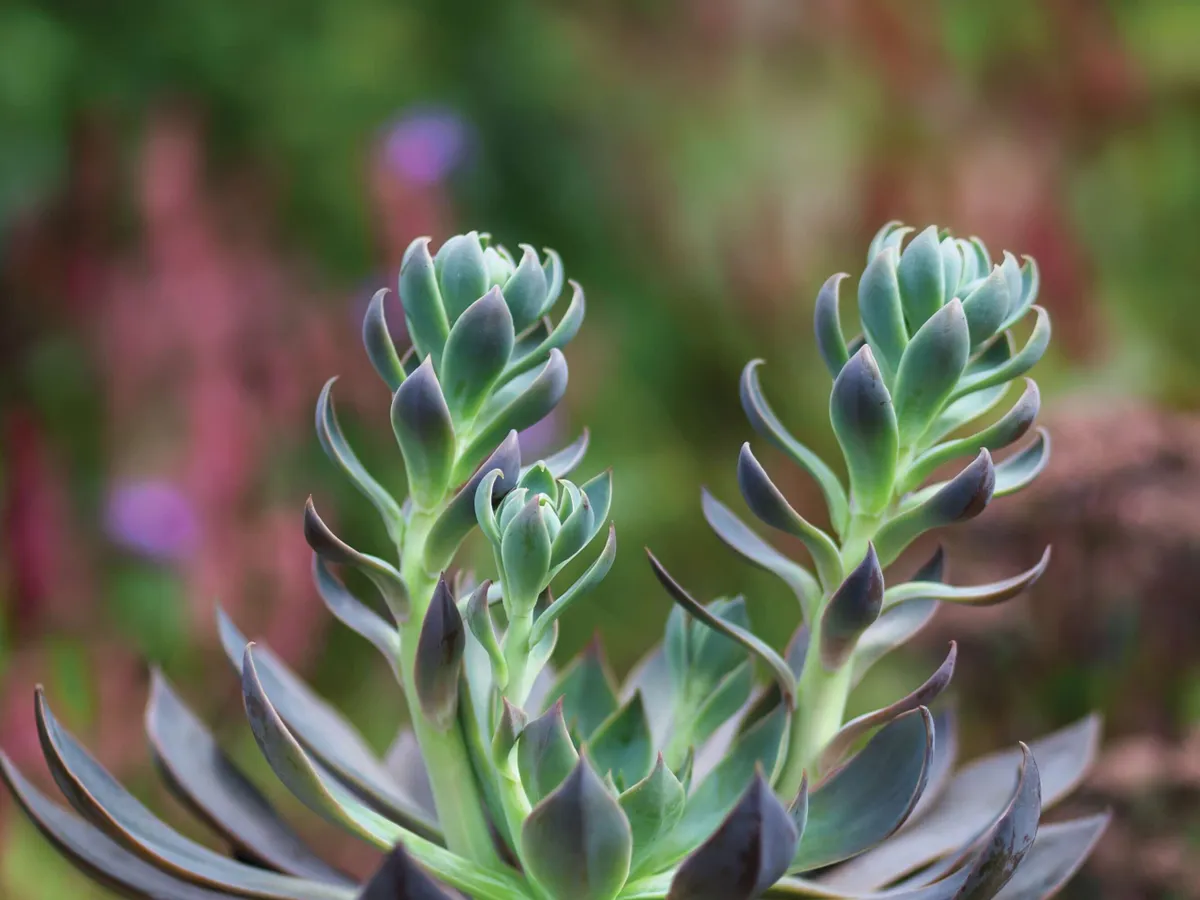
Echeveria 'Paris Palace' is a new cultivar with rosettes sea green towards centre; deep purple at edge. RHS H2, USDA 9a-11.
Echeveria 'Phyllis Collis'
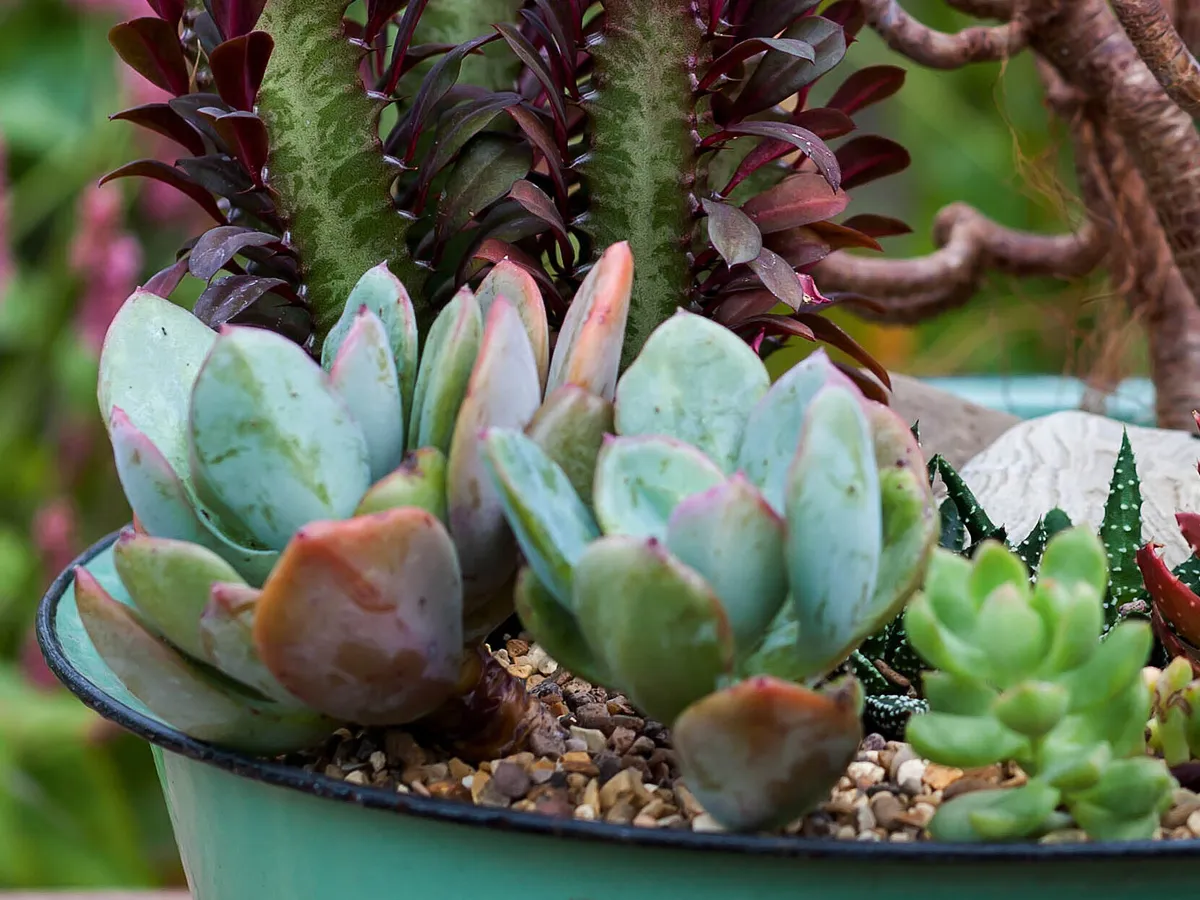
In full sun, the leaves of Echeveria 'Phyllis Collis' change in colour, from blue-grey to pink.
Echeveria nodulosa ‘Painted Beauty’

The pretty pink flowers of Echeveria nodulsa 'Painted Beauty' appear above striking striped rosettes (shown here behind the red foliage of Aloe mitriformis). USDA 10a-11.
Echeveria ‘Lola’
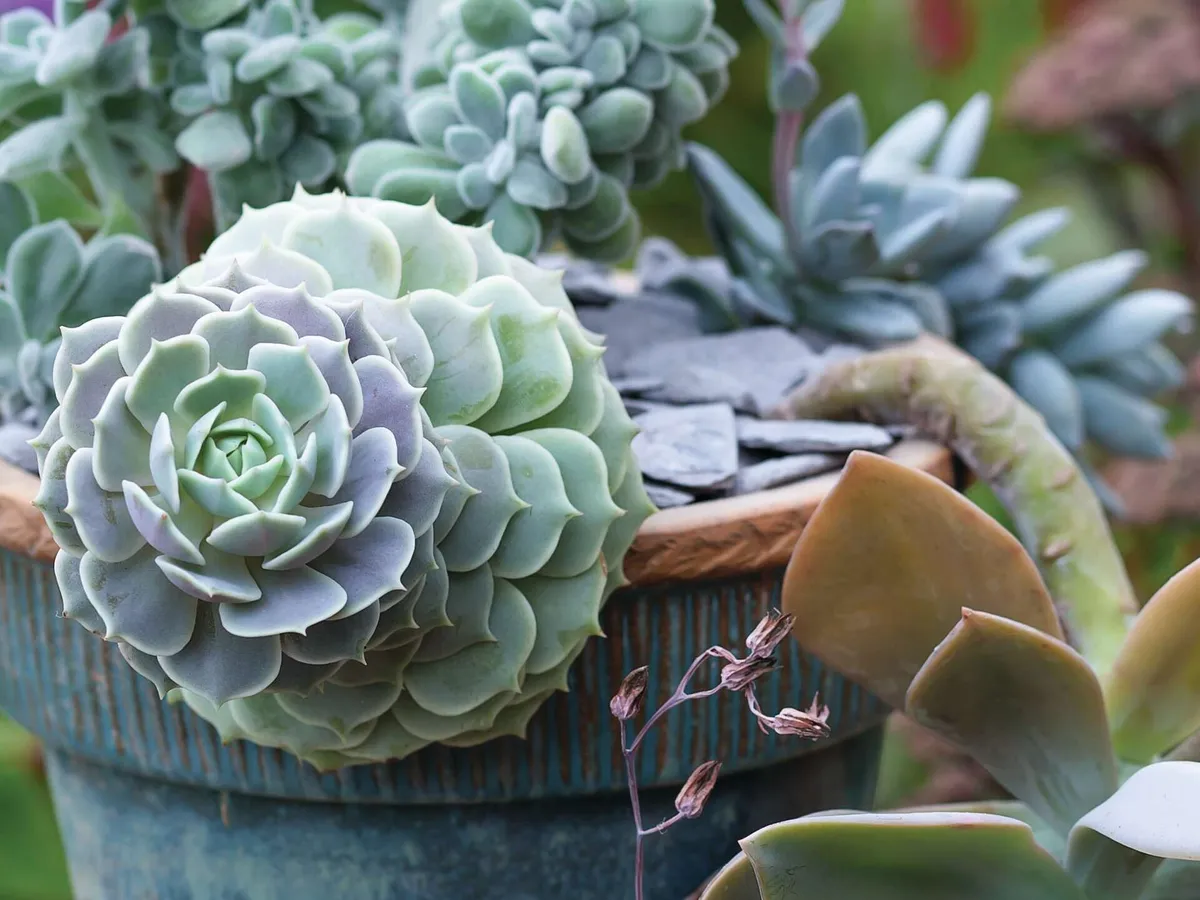
Echeveria 'Lola' has striking looking pale lilac rosettes. RHS H2, USDA 9b-11.
Echeveria elegans
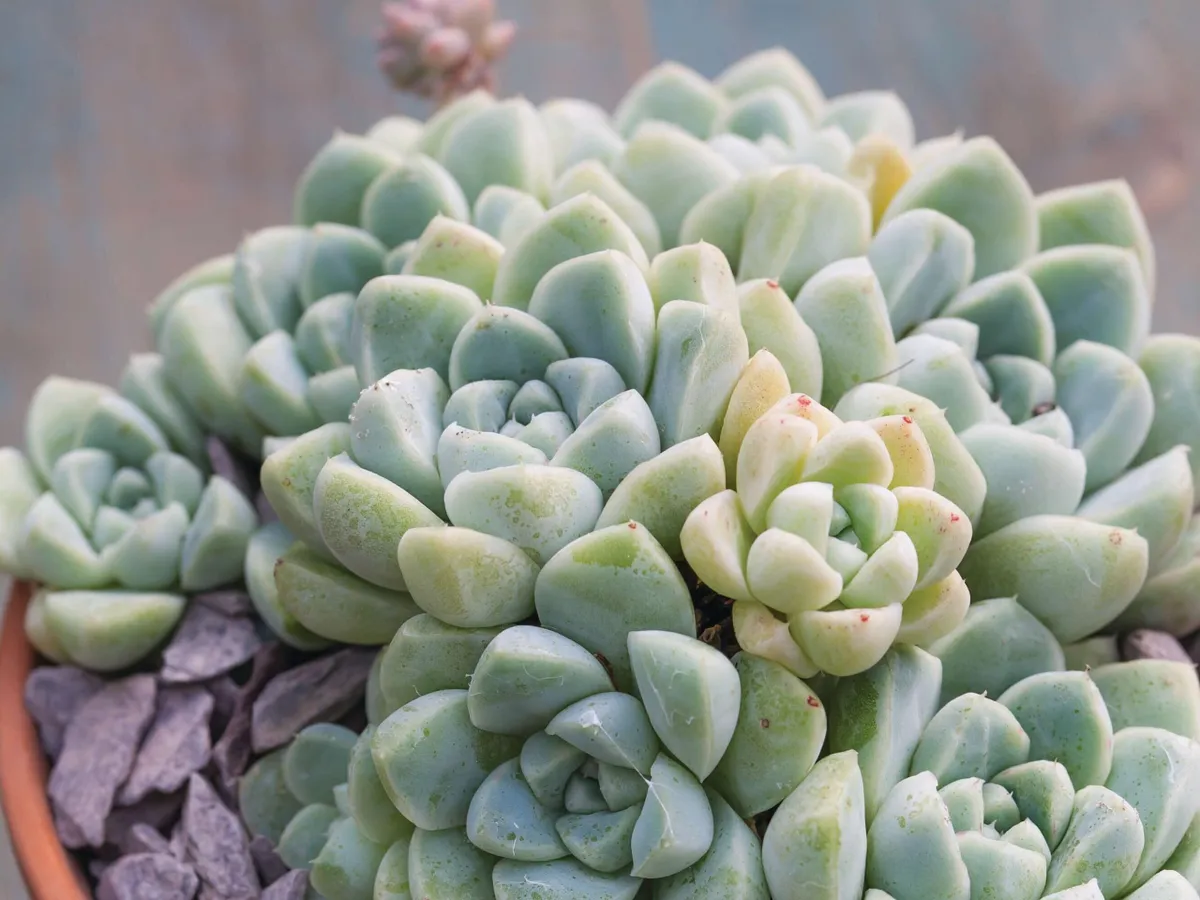
Echeveria elegans has rosettes of whitish-green leaves. AGM. RHS H2, USDA 9a-12.
Echeveria prolifica
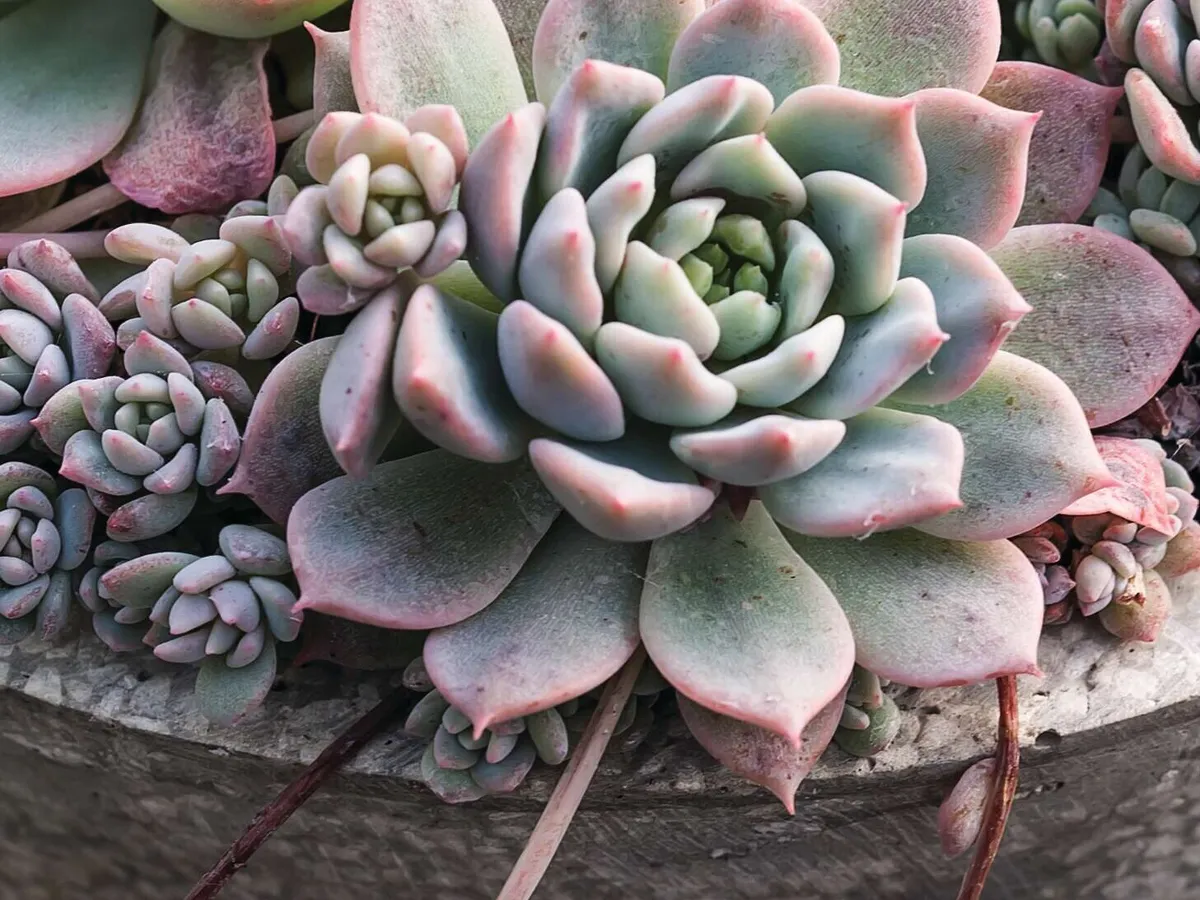
Echeveria prolifica has tender, succulent-forming clusters of silver green rosettes. RHS H2, USDA 9a-12.
Echeveria pulvinata ‘Frosty’
All parts of Echeveria pulvinata 'Frosty' are densely covered with silvery white hairs. RHS H2, USDA 9b-11.
Echeveria imbricata
Echeveria imbricata has wide, tight rosettes of flat, grey-green leaves. RHS H2, USDA 9a-11.